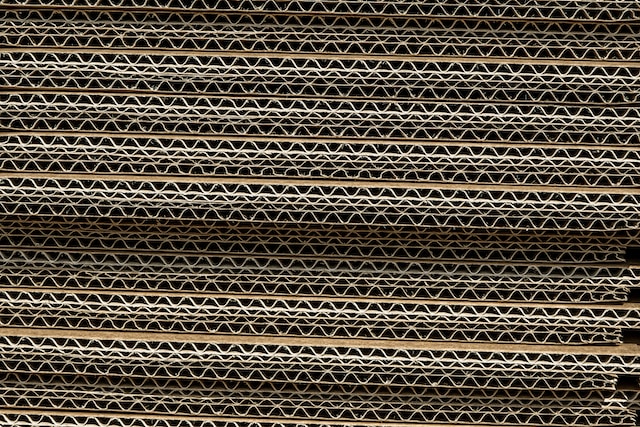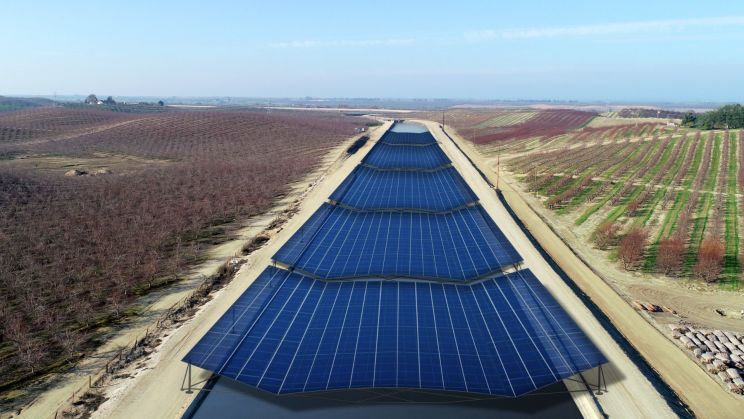Are you curious about drywall and its intricate details? Understanding drywall, including its types, composition, and common repair issues, is crucial for homeowners, contractors, and DIY enthusiasts.
It doesn’t matter if you’re embarking on a renovation project or curious about maintaining your home’s structural integrity; delving into the world of drywall will equip you with essential knowledge.
In this comprehensive guide, we’ll explore the ins and outs of drywall, from its various types and composition to the nitty-gritty of drywall repair. Discover how this versatile material can enhance your living space and learn how to address common issues that may arise.
What is a Drywall?
Drywall, also known as gypsum board or plasterboard, is one of the most essential components in modern construction. It is an extremely popular material for creating interior walls and ceilings in residential and commercial buildings.
Understanding the basics of drywall and how it works is crucial for homeowners, contractors, and DIY enthusiasts alike. The sheer combination of strength and flexibility makes drywall the go-to choice for interior walls and ceilings in various structures. In the following parts, we’ll dive deep into the drywall world.
Types of Drywall and Their Uses
Drywalls come in various types, each designed to meet specific construction needs. Let’s explore the different types of drywall commonly used in the industry:
Standard Drywall
This is the most common type of drywall. It suits most interior applications, such as walls and ceilings in residential homes, offices, and retail spaces.
Moisture-Resistant Drywall
As the name suggests, moisture-resistant drywall is designed to withstand moisture and is ideal for areas prone to high humidity, such as bathrooms, kitchens, and basements.
Fire-Resistant Drywall
Fire-resistant drywall contains additives that enhance its ability to withstand fire, providing an extra layer of protection. It is commonly used in garages, utility rooms, and other areas where fire safety is a priority.
Soundproof Drywall
This type of drywall incorporates sound-dampening properties, reducing noise transmission between rooms. It is often used in home theaters, music studios, and shared walls in multi-unit buildings.
Understanding the specific uses and characteristics of each type of drywall is essential for choosing the right material for your construction or remodeling project.
Composition of Drywall: What’s Inside?
Drywalls may appear simple, but their composition plays a significant role in their performance and durability. Typically, drywall consists of three main layers:
Gypsum Core
The core, also known as the gypsum board, is the central layer of drywall. It is made from a naturally occurring mineral called gypsum, which is processed into a fine powder and mixed with additives. The gypsum core provides drywall strength, rigidity, and fire-resistant properties.
Paper Facing
The gypsum core is sandwiched between two layers of paper facing. The front-facing layer is smooth and designed to receive paint or wallpaper, while the back-facing layer provides stability and protection.
Additives and Binders
Various additives and binders are incorporated into the gypsum core to enhance specific properties of the drywall, such as moisture or fire resistance. These additives may include fiberglass, vermiculite, and other materials that contribute to the overall performance and safety of the drywall.
You must comprehend the composition of drywall to evaluate its quality, durability, and suitability for different applications.
Common Issues with Drywall
Drywall is a durable construction material that is susceptible to common issues requiring repair. Cracks are frequently caused by settling, temperature changes, or poor installation. Small cracks can be repaired with joint compound and tape, while larger cracks may need professional attention.
Water damage is another common problem resulting from leaks or excessive moisture. Promptly addressing water damage is crucial to prevent further deterioration and mold growth. Nail pops, where screws or nails push through the surface, create bumps or cracks. These can be fixed by securing the area and applying a joint compound.
Also, accidental holes or dents can be repaired using spackling compounds or patches for larger holes. Recognizing these common issues and taking action promptly helps maintain the integrity and appearance of your drywall.
Signs You Need Drywall Repair
Knowing when to seek drywall repair is essential to prevent further damage and maintain the beauty of your interior spaces. Here are some telltale signs that indicate it’s time to address drywall issues:
- Visible cracks or gaps: If you notice cracks, gaps, or seams becoming increasingly visible, it’s a clear sign that your drywall needs attention. These issues can worsen, leading to more extensive repairs if left unaddressed.
- Discoloration or stains: Water damage or mold growth can cause discoloration or staining on the surface of your drywall. These unsightly marks compromise the aesthetics and indicate potential underlying problems that should be addressed promptly.
- Soft or sagging areas: If you notice areas of your drywall that feel soft, spongy, or sagging, it could indicate water damage or compromised structural integrity. These areas may require professional assessment and repair to prevent further issues.
- Peeling or bubbling paint: When paint starts to peel or bubble on your walls or ceilings, it could be a sign of moisture intrusion or other underlying problems. Addressing the root cause and repairing the affected drywall ensures a long-lasting paint finish.
By recognizing these signs early on, you can proactively address drywall issues before they escalate into more extensive and costly repairs. Regular maintenance and timely interventions can help preserve the beauty and functionality of your interior spaces.
Essential Tips for Drywall Repair and Maintenance
When it comes to drywall repair and maintenance, a few essential tips can make the process smoother. Start by gathering the necessary tools, such as a utility knife, sandpaper, joint compound, putty knife, drywall tape, and a trowel.
Properly preparing the area is crucial, so clean the damaged section thoroughly, remove debris and old paint, and ensure a smooth surface for repair. Depending on the type of damage, employ appropriate repair techniques, such as applying joint compound for cracks or holes and using patches for larger areas. Sand the repaired area to achieve a seamless finish. Regular maintenance is also key to preserving your drywall.
Keep an eye out for damage signs, promptly address any issues, and perform routine inspections to catch potential problems early. By following these essential tips, you can ensure effective drywall repair and maintenance, keeping your walls and ceilings in top-notch condition.
Conclusion
Understanding drywall is crucial for maintaining and enhancing your living spaces. By familiarizing yourself with the different types of drywall, its composition, and common issues requiring repair, you can make informed decisions and address any concerns effectively.
Drywall plays a pivotal role in modern interior design. However, it is not immune to problems. Cracks, water damage, nail pops, and holes are common issues that should be addressed promptly to preserve the integrity and aesthetics of your walls and ceilings.
Follow essential drywall repair and maintenance tips, including gathering the right tools, preparing the area properly, and employing suitable repair techniques. Regular inspections and timely interventions can prevent further damage and save you from costly repairs.







